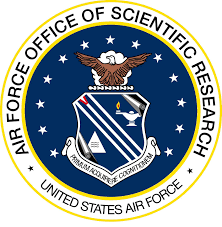|
The development of efficient catalytic materials for selective CO2 reduction has been hindered by a lack of understanding of the elementary steps coupling electron, proton and hydride transfer at interfaces. Because of the complexity of the reactions in photoelectrochemical cells, a detailed mechanistic understanding can only be gained through an iterative approach of synthesis, in situ characterization of interfaces in operando and computational modeling for rigorous interpretation of spectroscopic data and design of improved catalytic surfaces. The collaborative team of Batista (Yale University), Kubiak (University of California, San Diego) and Lian (Emory University) will implement a combination of synthetic, electrochemical, computational, and surface selective spectroscopic techniques to investigate electrochemical and photoelectrochemical CO2 reduction intermediates in-situ. The project benefits from collaborations with Bocarsly (Princeton University) on studies of organocatalysts at metal surfaces and studies of proton-coupled electron transfer with Mayer (Yale University), including shifts of band edge/trap state potentials with pH, and the presence of other cations. The studies will explore the molecular origins of overpotentials and will identify the interplay between thermodynamic and kinetic factors of reaction pathways at electrode surfaces to advance the development of electrocatalysts for CO2-to-fuel conversion. The specific objectives are: 1) to study the structure and dynamics of molecular CO2 reduction catalysts immobilized on metal and semiconductor electrode by combining QM/MM computational modeling, synthesis and in operando SFG spectro-electrochemical methods; 2) to examine how hydricity controls selectivity of product formation in CO2 reduction by integrated synthesis, in operando SFG and computational inverse design methods; and 3) to investigate interfacial PCET mechanisms in quantum dot-model acceptor and quantum dot-catalysis complexes, with emphasis on identifying key factors controlling concerted electron/proton transfer pathway – the low free energy reaction pathways. We acknowledge generous financial support by AFOSR. |
|

